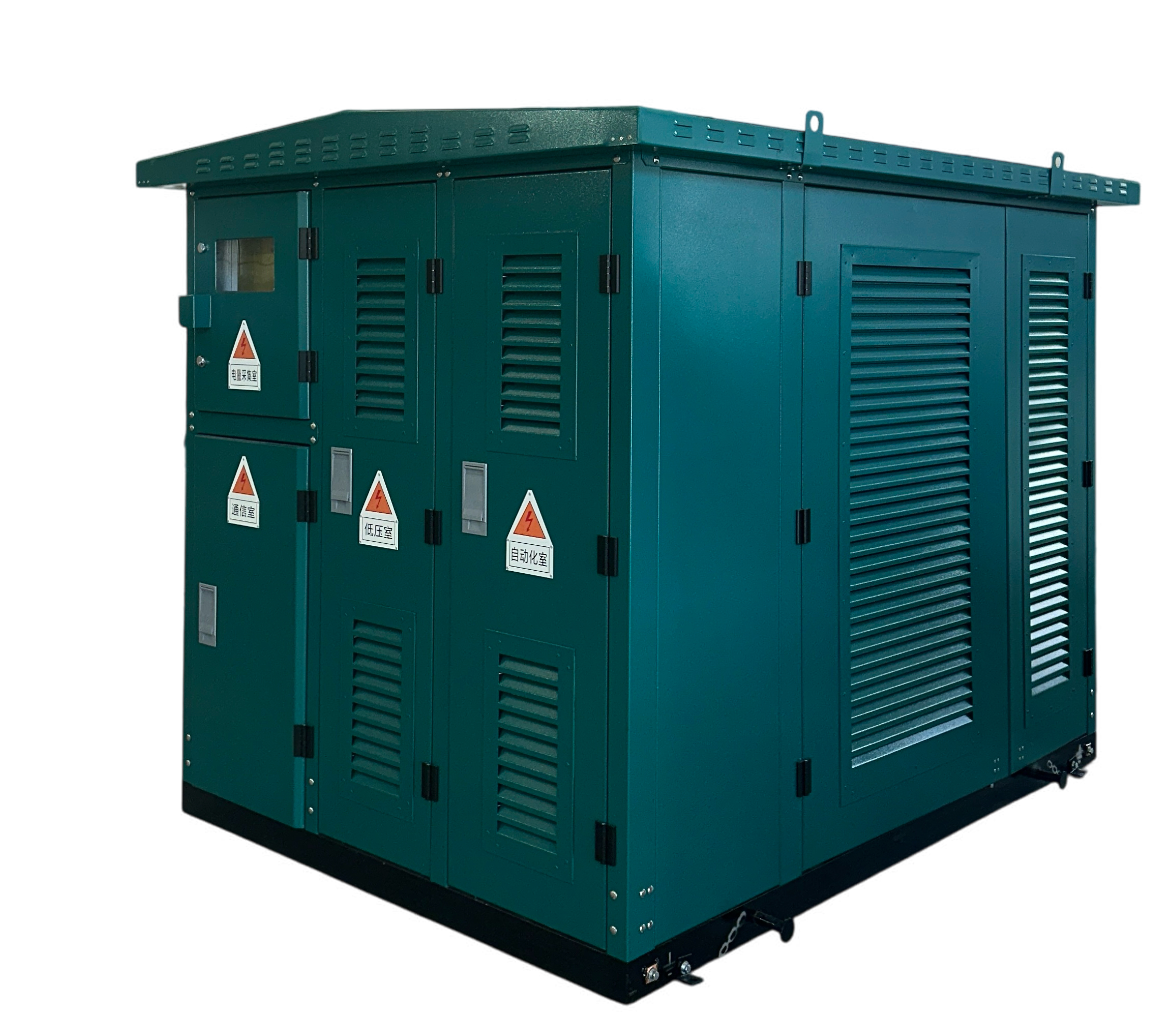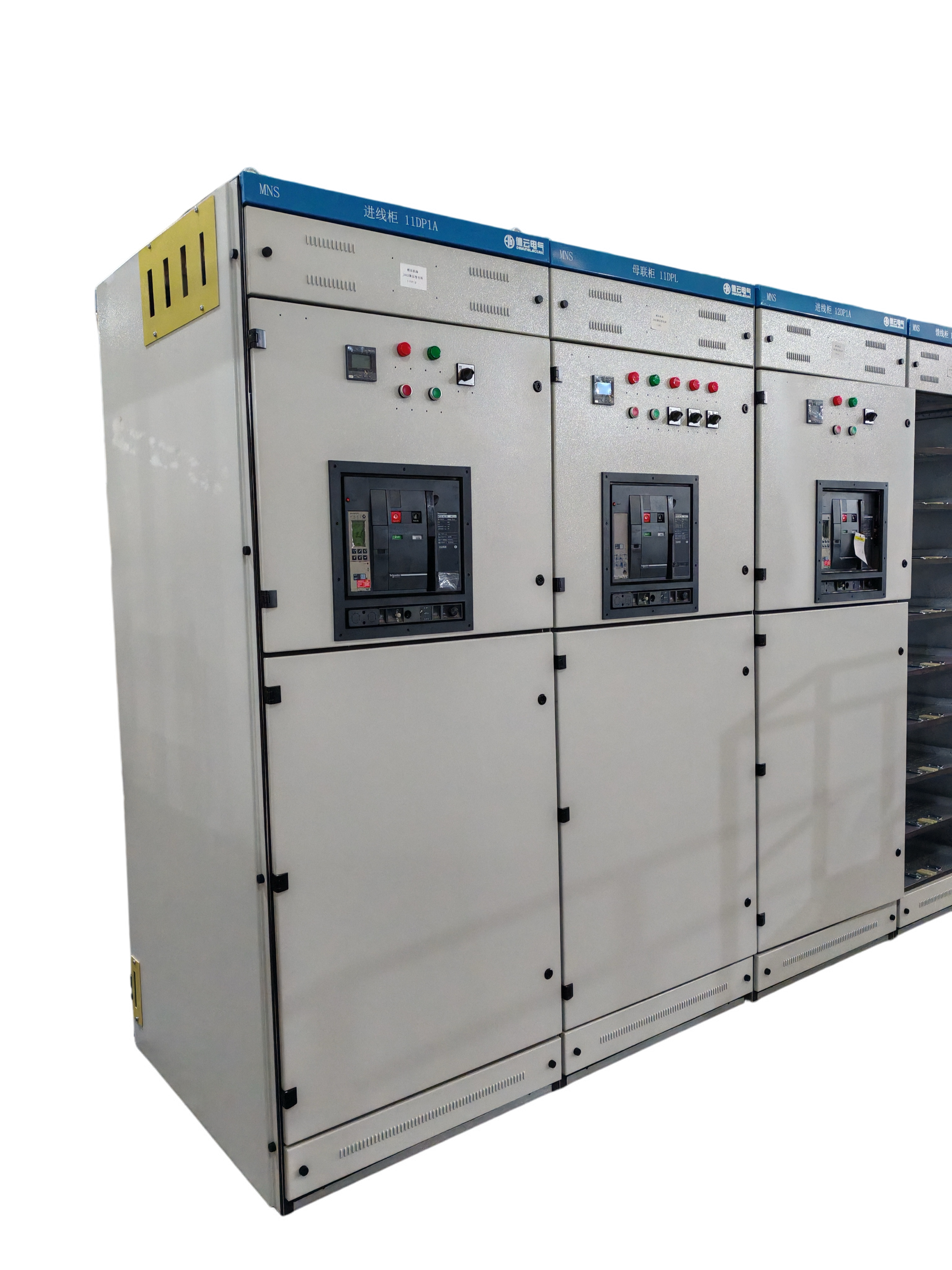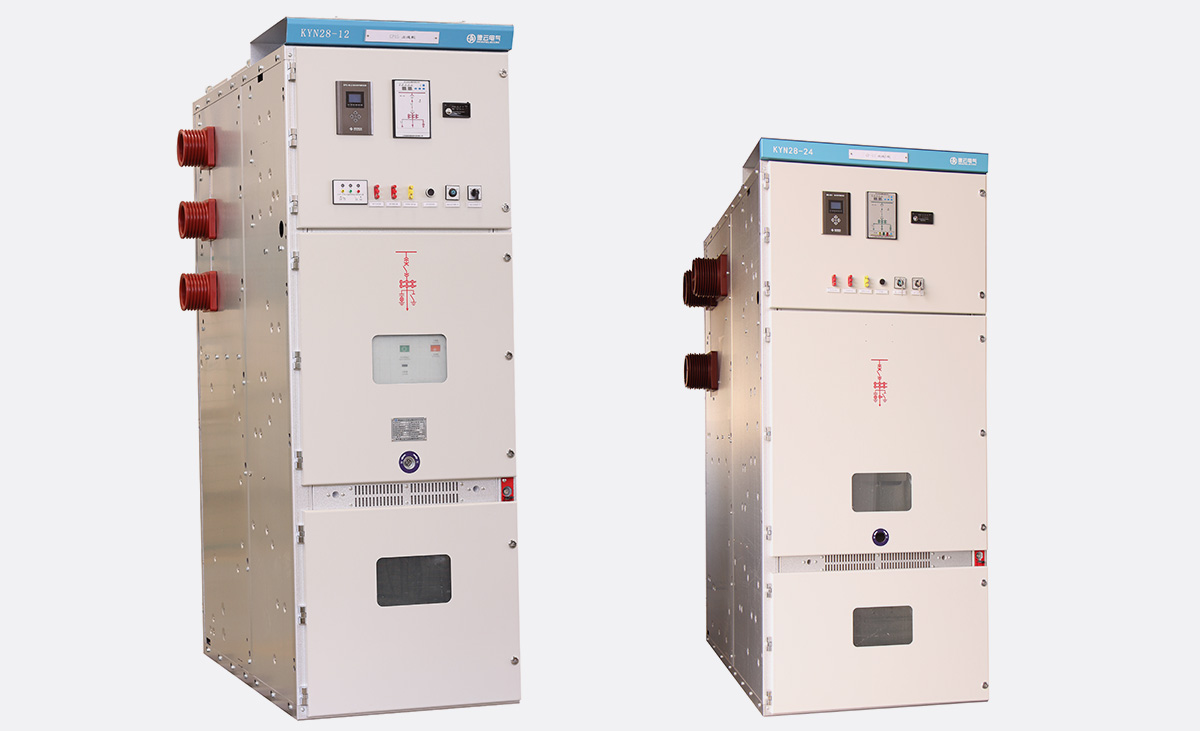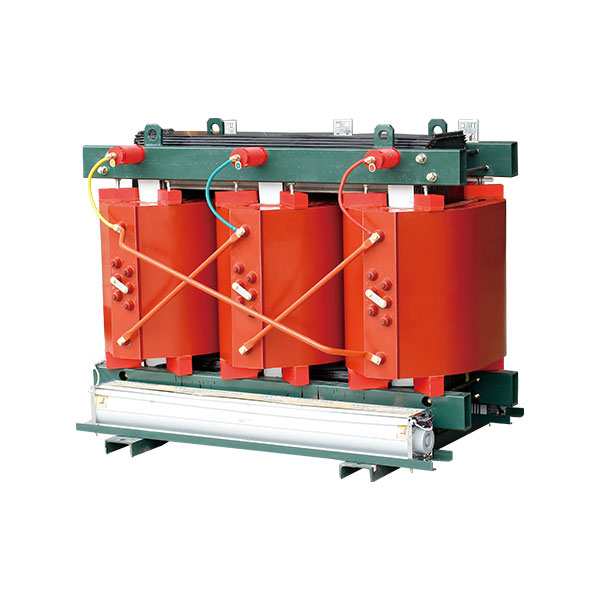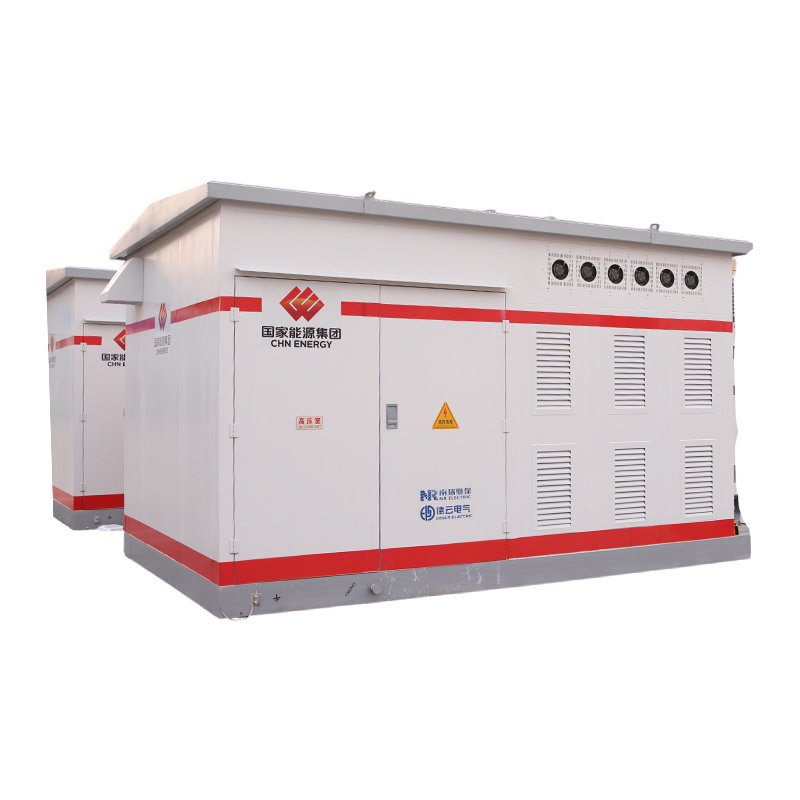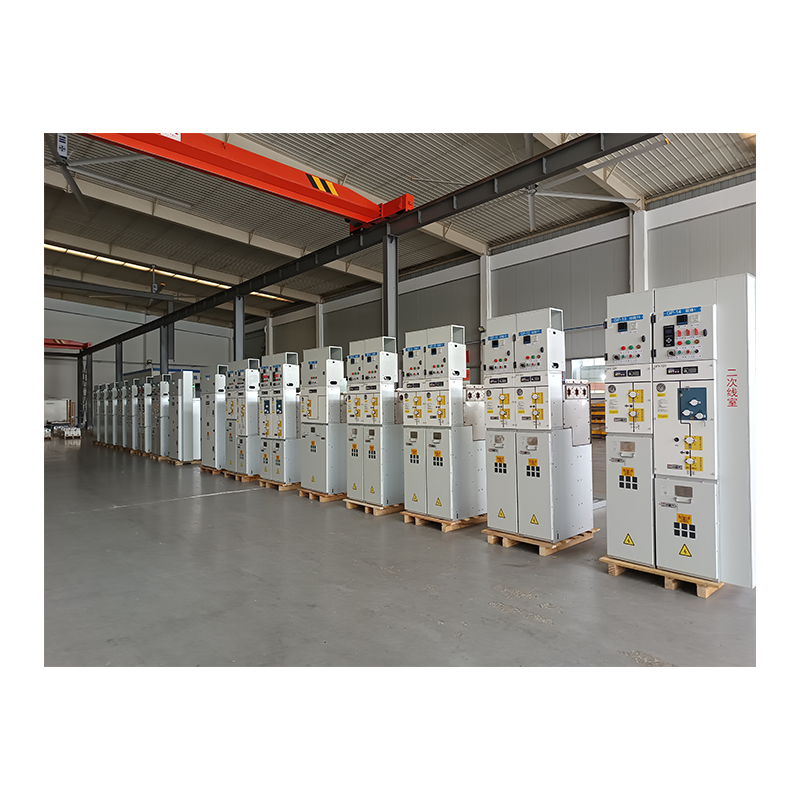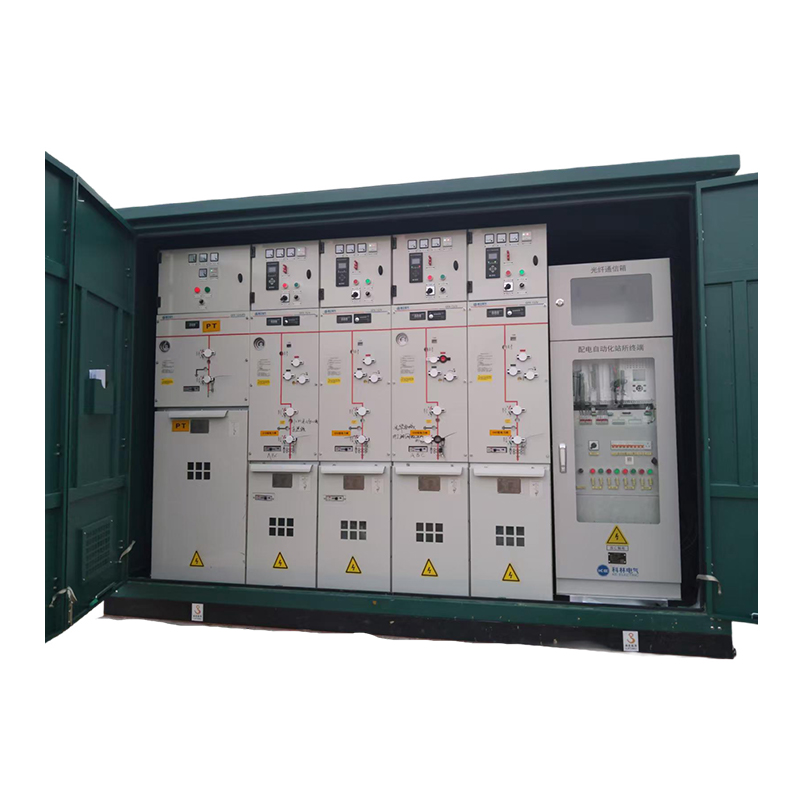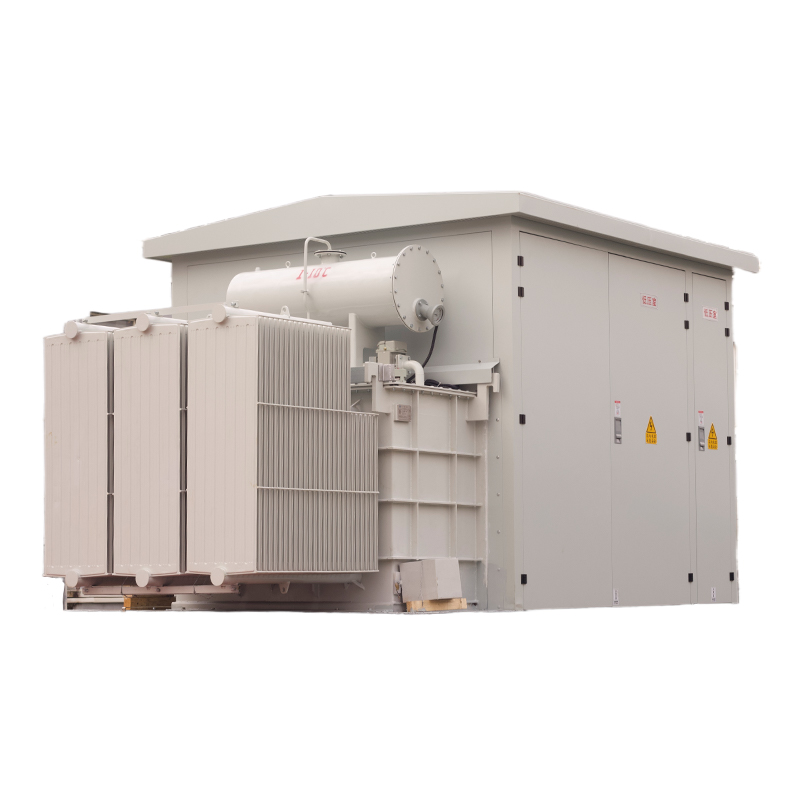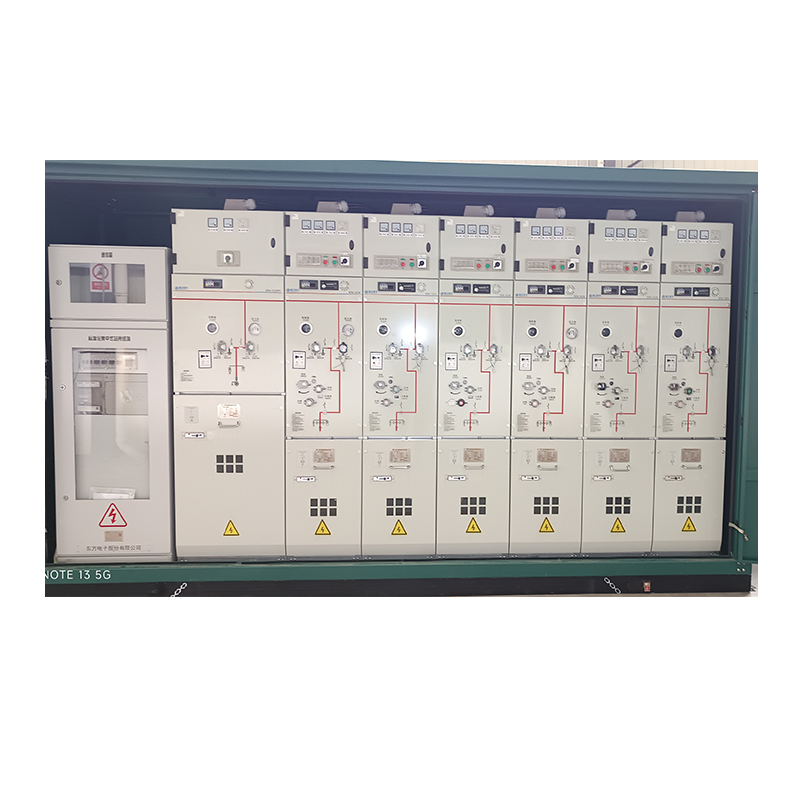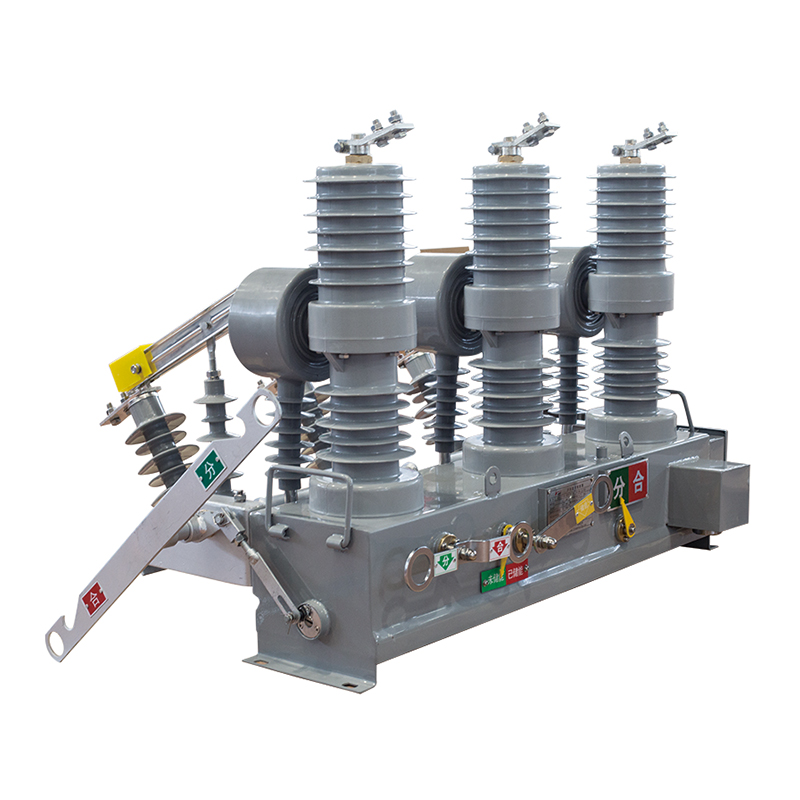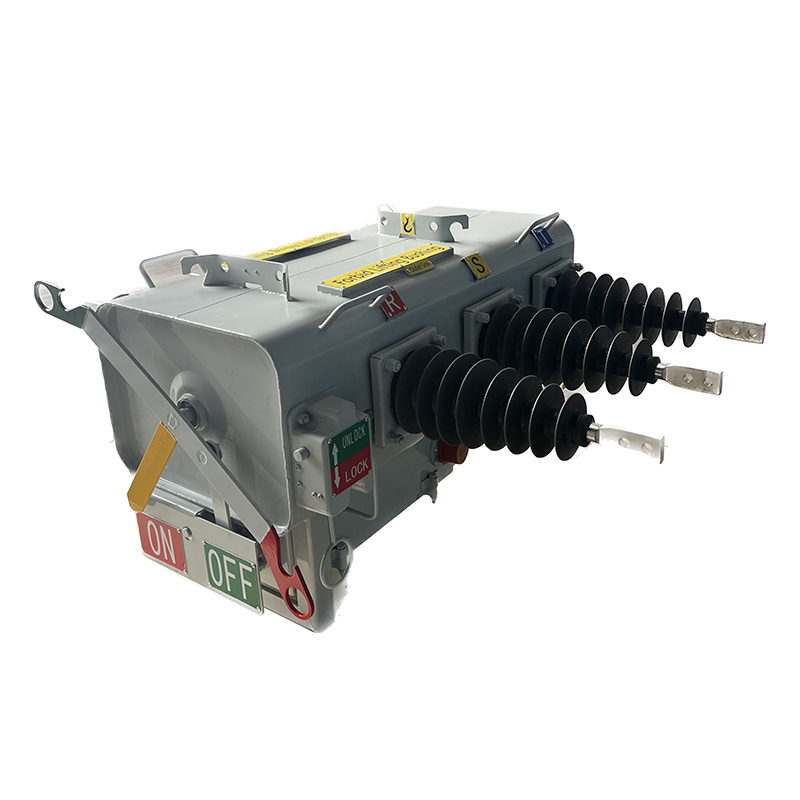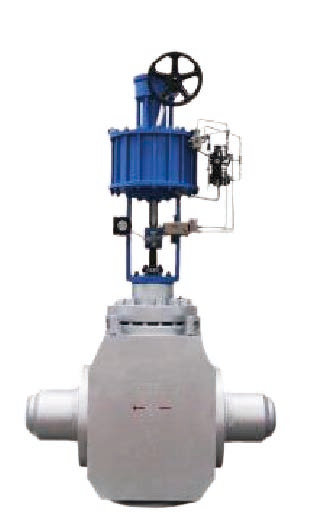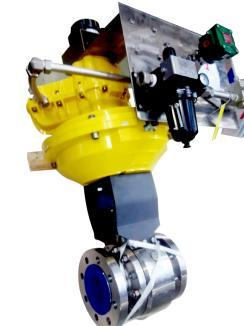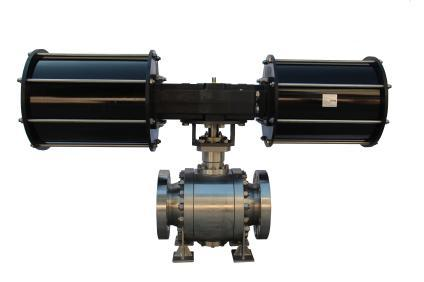Wedoany.com Report-Apr. 6, Sweden’s Ocean Harvesting Technologies has started a €200,000 financing round to advance its InfinityWEC wave energy converter (WEC) in 2025. This step supports a broader €700,000 funding plan spanning 2025 to 2027.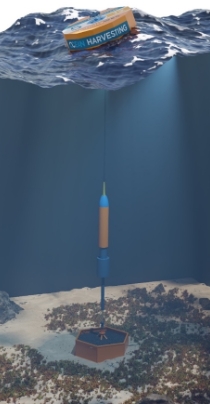
The InfinityWEC is progressing through two EU-backed projects. The INFINITY project focuses on refining the power take-off (PTO) and control systems, while WECHULL+ concentrates on developing floating concrete structures. Ocean Harvesting highlights that the technology offers strong power output for its size and uses affordable, low-carbon materials to keep energy costs competitive.
Mikael Sidenmark, CEO of Ocean Harvesting Technologies, stated: “The scopes of the INFINITY and WECHULL+ projects and the partners involved are a perfect fit for us, providing a clear, value-creating plan for the period 2025–2027.” He added: “We will prove the technical and commercial potential of InfinityWEC, and results are expected to pave the way for strategic industrial engagement, sea trials and commercialization.”
The company plans a follow-up €500,000 financing round to sustain operations in 2026 and 2027. These funds will support the ongoing development and testing needed to bring InfinityWEC to market.
Designed with circularity in mind, InfinityWEC emphasizes material efficiency and reduced environmental impact. It combines high energy production with cost-effective, low-carbon materials, making it resource-efficient. The system is built for large-scale manufacturing and smooth logistics, enabling practical deployment of wave energy farms.
In June 2024, Ocean Harvesting was working on the sixth generation of InfinityWEC. This phase included integrating and testing a moment-based model predictive control (MPC) within its simulation model, marking steady progress in refining the technology.
The financing and project efforts reflect Ocean Harvesting’s focus on creating a viable wave energy solution. With EU support and a clear timeline, the company aims to demonstrate InfinityWEC’s value and move toward real-world applications by 2027.
